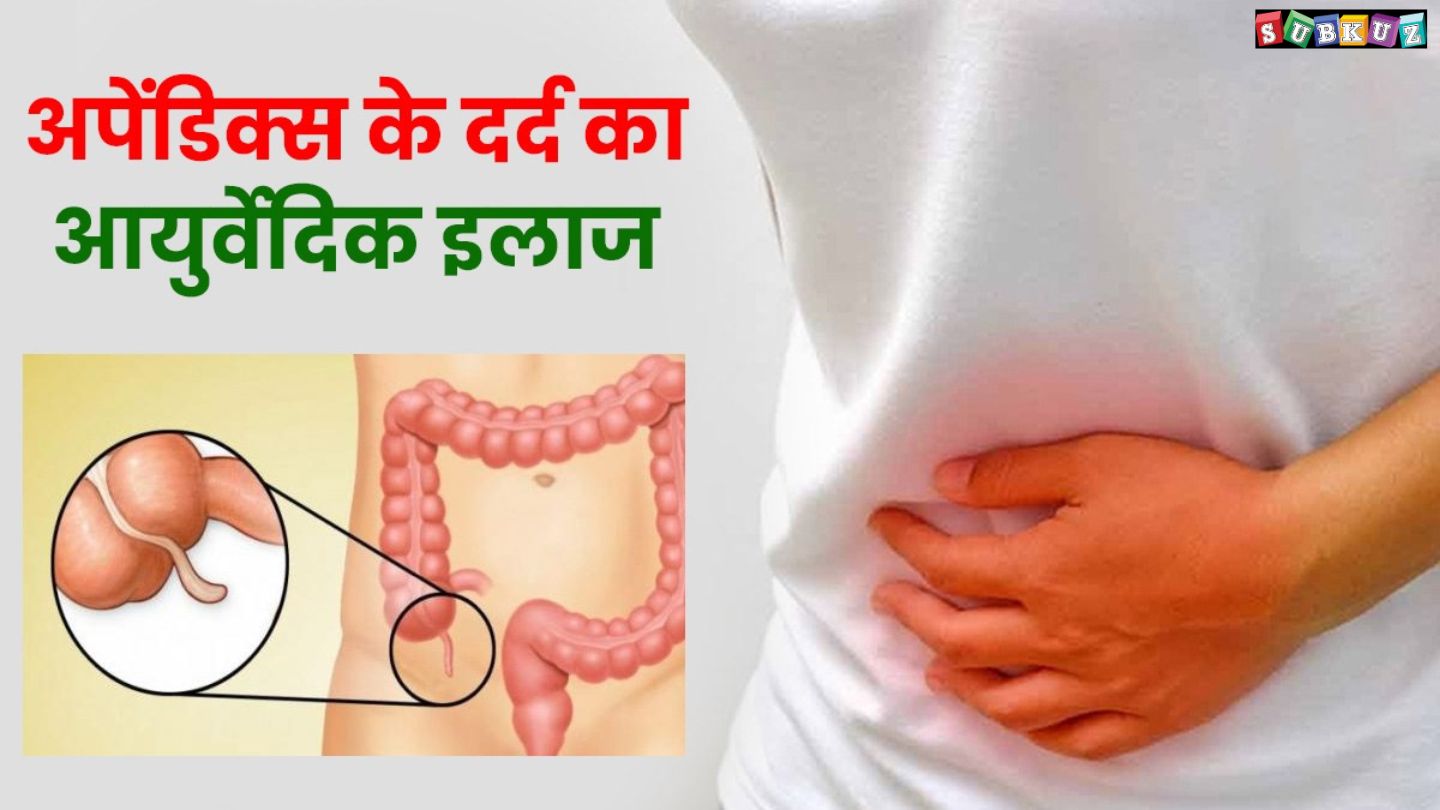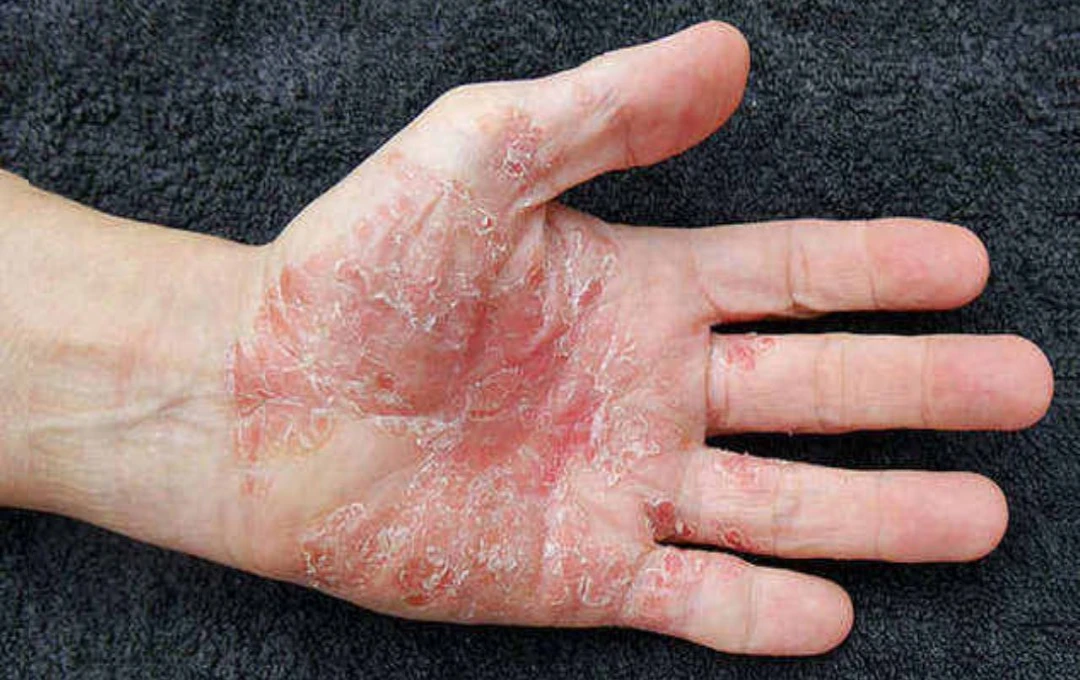In India, the onset of summer and the rainy season leads to a surge in certain health issues, with dengue, malaria, and typhoid being prominent. While the symptoms of these three diseases often overlap—including fever, weakness, headache, and body aches—their effects on the body differ significantly.
Especially when considering body weakness, understanding which disease causes the most debilitating weakness and the recovery time is crucial. Let's examine which of dengue, malaria, and typhoid is most debilitating and contributes most to weakness.
Dengue: Weakness due to Platelet Deficiency

Dengue is a viral fever transmitted through the bite of the Aedes aegypti mosquito. Common during the monsoon season, its symptoms are often intense. Key symptoms include high fever, body aches, joint and muscle pain, and skin rashes. Dengue causes a significant drop in platelet count, hindering blood clotting and resulting in weakness.
Decreased platelet levels lead to thinner blood, causing excessive fatigue and weakness. This weakness is particularly pronounced in dengue patients due to the immune system's intense activity, leading to exhaustion. Recovery takes 2 to 4 weeks, potentially longer in some cases.
Dengue Symptoms
- High fever
- Low platelet count
- Body aches, joint swelling
- Skin rashes
- Eye pain
- Body heaviness and extreme fatigue
Malaria: Loss of Bodily Strength

Malaria, another mosquito-borne illness, is prevalent in areas with stagnant water sources. Caused by the Plasmodium parasite, transmitted via mosquitoes, its primary symptom is recurring fever accompanied by chills and sweating. The fluctuating body temperature leads to significant energy depletion.
Malaria induces pronounced weakness due to continuous energy loss from fever and sweating. The recurring chills and high fever further contribute to exhaustion. While symptoms typically subside within 7 to 10 days, weakness can persist for a longer period.
Malaria Symptoms
- Chills and shivering
- Headache and vomiting
- Weakness and fatigue
- Body aches and sweating
- Recurring fever
Typhoid: Gradually Debilitating the Body

Typhoid, a bacterial infection spread through contaminated food or water, develops gradually. Initial symptoms are mild, but as the disease progresses, weakness and fatigue increase. Caused by Salmonella Typhi bacteria, it primarily affects the digestive system.
Typhoid initially presents with fever, accompanied by loss of appetite, headache, body heaviness, and fatigue. It weakens the digestive system and immune system, resulting in energy depletion. Post-typhoid weakness can persist for weeks, with full recovery taking 10 to 30 days.
Typhoid Symptoms
- Persistent fever
- Loss of appetite and body heaviness
- Headache and weakness
- Digestive problems
- Fatigue and lethargy
Which Disease Causes the Most Debilitation?

The question of which disease causes the most debilitating weakness is significant because the severity of weakness varies. Let's compare the effects of these three illnesses:
- Dengue: The significant drop in platelets and thinner blood lead to pronounced weakness, exacerbated by body aches and muscle strain.
- Malaria: While weakness results from recurring fever and sweating, it generally resolves within a few days, unlike the prolonged fatigue of dengue.
- Typhoid: Weakness develops gradually, but the impact on the digestive and immune systems causes prolonged fatigue and debility. Recovery is lengthy.
Dengue and typhoid are the most debilitating. Dengue's rapid depletion of strength due to low platelets contrasts with typhoid's gradual, systemic weakening. Although malaria’s symptoms are severe, its impact is less profound than that of dengue and typhoid.














